The texture of a brownie is often the defining factor between a good one and a great one. Among the many elements contributing to this texture, the granularity of sugar crystals plays a surprisingly pivotal role. In American baking traditions, brownies are celebrated for their dense, fudgy, or cakey consistency, and the size distribution of sugar crystals can dramatically influence these characteristics. Bakers and food scientists alike have delved into the nuances of sugar granulation to understand how it affects moisture retention, sweetness dispersion, and structural integrity.
When examining the sugar crystal size distribution in brownies, it becomes clear that not all sugars are created equal. Granulated sugar, the most commonly used variety, consists of medium-sized crystals that dissolve relatively evenly during mixing and baking. However, variations such as superfine or coarse sugar can alter the dissolution rate, leading to differences in texture. Superfine sugar, for instance, dissolves more quickly, often resulting in a smoother, more uniform crumb. On the other hand, coarse sugar may leave tiny pockets of undissolved crystals, contributing to a slight crunch or graininess that some bakers intentionally seek for contrast.
The process of creaming butter and sugar is another critical stage where crystal size distribution comes into play. During creaming, sugar crystals aerate the butter by creating tiny air pockets. The size and hardness of these crystals determine how effectively they can incorporate air, which in turn affects the brownie's rise and density. Larger crystals tend to create more robust air pockets, while finer crystals may lead to a denser texture. This is why many professional bakers pay close attention to the sugar's granulometry when selecting ingredients for their recipes.
Beyond texture, sugar crystal size also impacts the brownie's moisture content. Smaller crystals dissolve more readily, binding water molecules and contributing to a softer, more tender bite. In contrast, larger crystals may not fully dissolve, leaving behind minuscule sugar pockets that can absorb moisture from the surrounding batter over time. This phenomenon is often observed in brownies that develop a slightly grainy texture after a day or two of storage. For bakers aiming for longevity without sacrificing quality, understanding this relationship is essential.
Interestingly, the type of sugar used can also influence the Maillard reaction and caramelization during baking. Finer sugars tend to caramelize more uniformly, enhancing the brownie's flavor complexity with subtle toasty notes. Coarser sugars, while still participating in these reactions, may create localized areas of deeper caramelization, leading to a more heterogeneous flavor profile. This variability can be either a drawback or an advantage, depending on the desired outcome. Experimental bakers often mix different sugar types to achieve a balance of texture and taste.
Modern food science has allowed for even greater precision in controlling sugar crystal distribution. Some commercial bakeries use engineered sugars with tightly controlled particle sizes to ensure consistency across large production batches. Meanwhile, artisanal bakers might opt for less processed sugars, such as turbinado or demerara, to introduce intentional irregularity. The choice between uniformity and variability often reflects broader trends in consumer preferences, with some favoring the predictability of mass-produced goods and others cherishing the uniqueness of handcrafted treats.
Ultimately, the granularity of sugar in brownies is a subtle yet powerful variable that bridges the gap between science and art. Whether aiming for a velvety fudge-like experience or a more structured cakey bite, bakers must consider how sugar crystal size distribution interacts with other ingredients and processes. As home baking continues to evolve, so too does the appreciation for these minute but impactful details. The next time you bite into a brownie, take a moment to consider the sugar—its crystals might just be the unsung heroes behind that perfect texture.

By /May 26, 2025
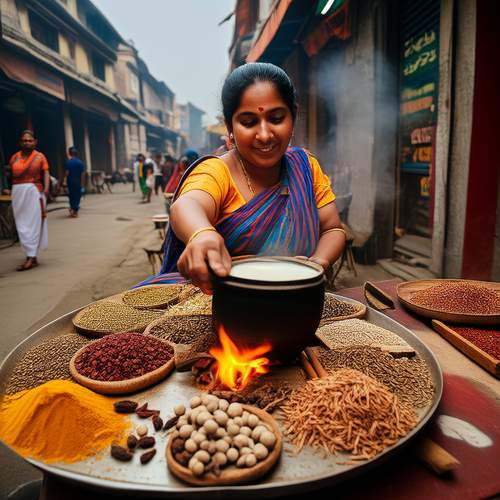
By /May 26, 2025
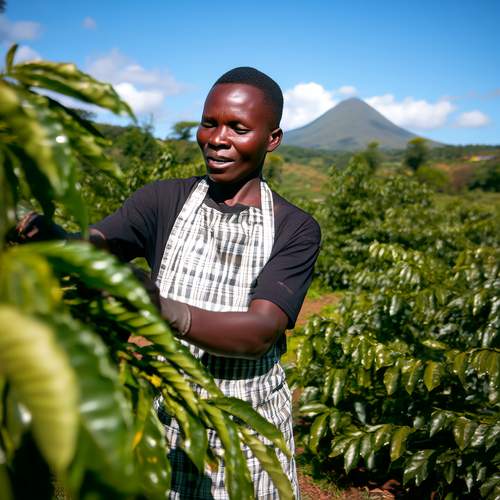
By /May 26, 2025

By /May 26, 2025

By /May 26, 2025
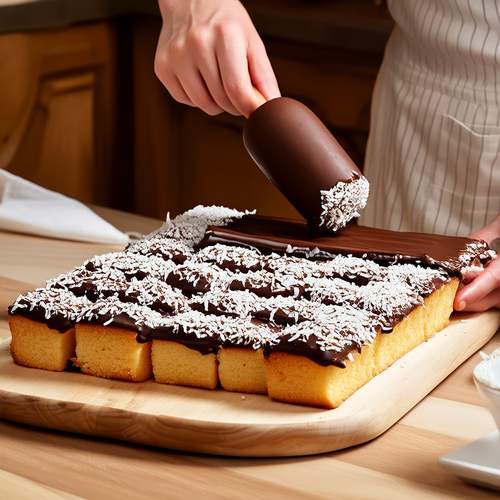
By /May 26, 2025

By /May 26, 2025

By /May 26, 2025

By /May 26, 2025
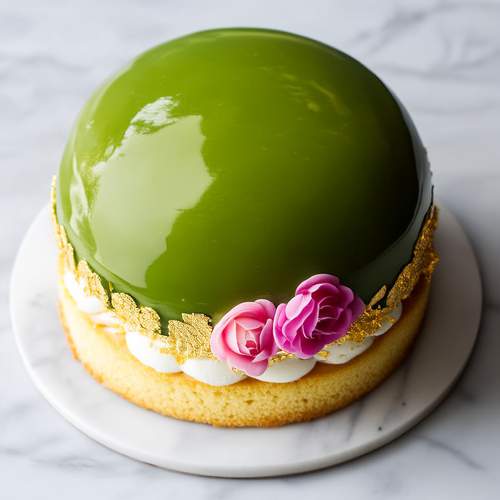
By /May 26, 2025
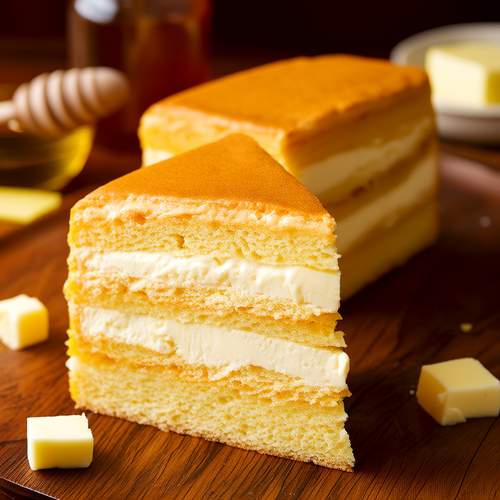
By /May 26, 2025
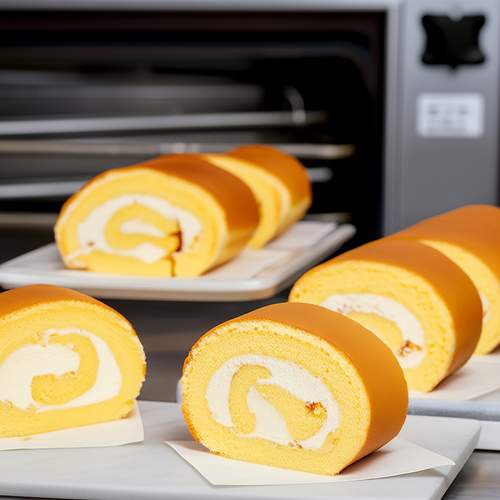
By /May 26, 2025

By /May 26, 2025
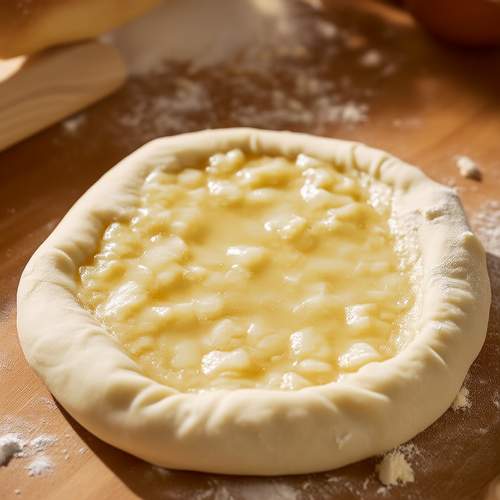
By /May 26, 2025

By /May 26, 2025

By /May 26, 2025
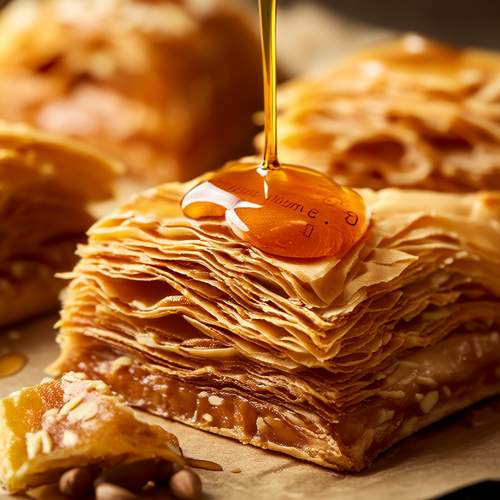
By /May 26, 2025
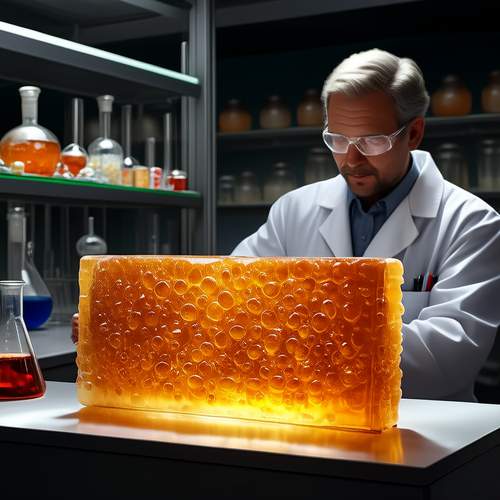
By /May 26, 2025

By /May 26, 2025

By /May 26, 2025